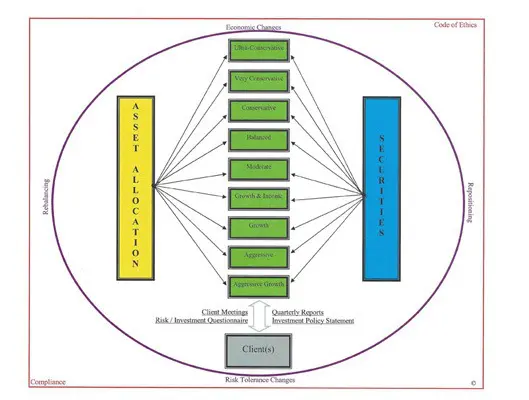
Wealth Management
Investing Requires a Steady Approach
Take the Emotion Out of Your Portfolio
If there is one thing that the last few years have shown us, it is that markets are unpredictable, and guiding your portfolio through turbulent times requires experience, patience, and vigilant management. Northeastern Star Asset Management is committed to helping you meet your investment goals through sound advice and diligent oversight of your investment portfolio, customized to meet your individual goals and structured around your risk tolerance.
Because investing involves a number of risks that are often impossible to predict, we attempt to moderate these risks by diversifying each portfolio across multiple asset classes to improve its risk-reward characteristics. Using a combination of in-house and independent third-party research and economic data, we will help you design a sensible asset allocation strategy and then select appropriate investments that meet our investment criteria and that are aligned with your goals and needs. We believe our ongoing due diligence of both the broad markets and your individual holdings will help keep your investment strategy on course.
Process / Flowchart
A Process for Achieving Your Goals
You’ll Benefit From a Proven Discipline
Northeastern Star Asset Management doesn’t promise quick answers or easy solutions. Instead, we offer a prudent process with a long-term focus that allows you to meet life’s most important goals.
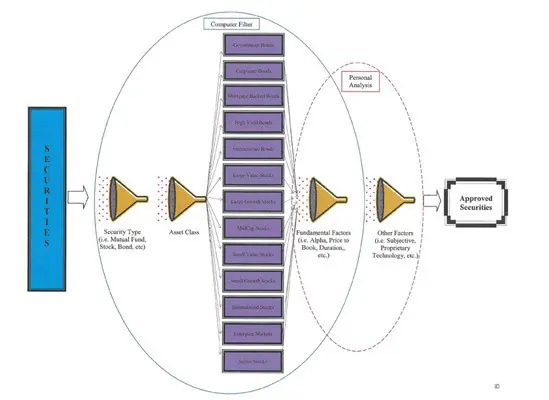
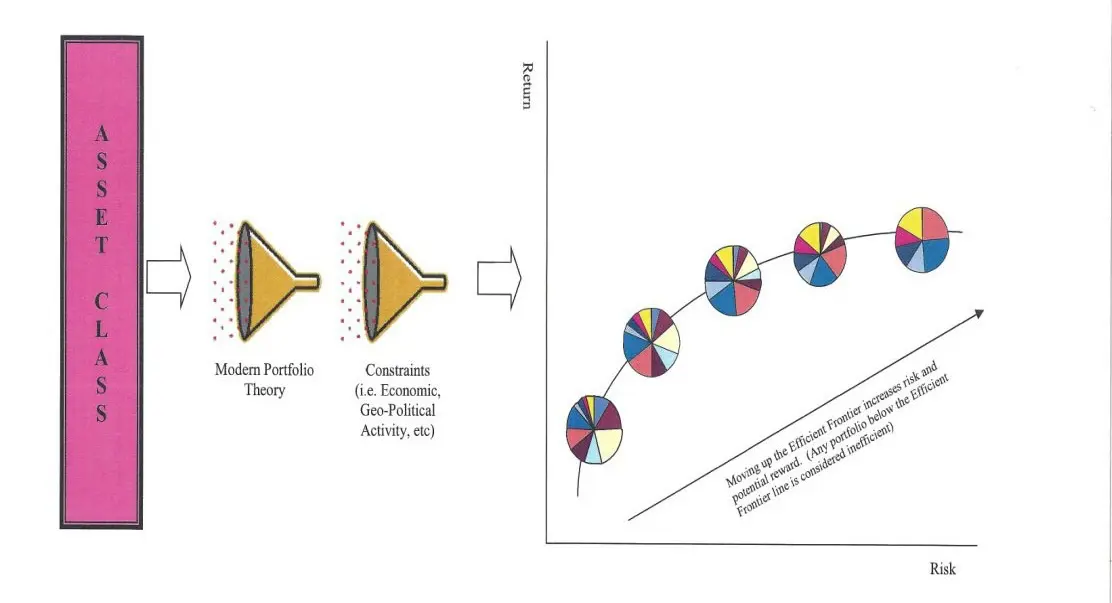
Modern Portfolio Theory (MPT)
Asset Allocation Suited to Your Needs
Balancing the Tradeoff Between Risk and Reward
The Nobel Prize for Economics was awarded to Harry Markowitz, Merton Miller, and William Sharpe in 1990 for their groundbreaking work in Modern Portfolio Theory. This study showed that over 90% of long term returns were attributable to asset selections and asset allocation. MPT focuses on creating portfolios based on their overall risk-reward characteristics instead of selecting securities that each individually have attractive risk-reward characteristics. By combining investments in different asset classes with different correlations, it may be possible to reduce or eliminate unsystematic risk (company or industry risk) which attempts to create more predictable returns. This predictability can increase over time as the range of predictable returns narrow over the long-term.
Applying MPT in our firm, we seek to optimize the risk/reward ratio of an entire portfolio, matching your portfolio to your goals and risk parameters, adhering to the key precepts.
Using investment-modeling analytics software in combination with economic data and research, we recommend a diversified combination of asset classes that match your volatility and expected-return requirements. Then, investments are selected based on your risk level to implement your investment plan, and they are monitored and rebalanced and repositioned as needed.
Buy – Sell Strategy
A Systematic, Disciplined Approach
Balancing Risk and Return, Providing Diligent Research
At Northeastern Star Asset Management, Inc., we are committed to finding the right investments, to meet your needs and objectives. We scrutinize the numbers and then look beyond them to match you investments that will not only fit your financial profile, but also suit your risk tolerance. Your portfolio may include mutual funds, individual stocks, bonds, or a combination of strategies. Within your portfolio we will invest in multiple asset classes as well as sub asset classes. This diversification allows us to seek maximum returns based on the level of risk you are willing to assume.
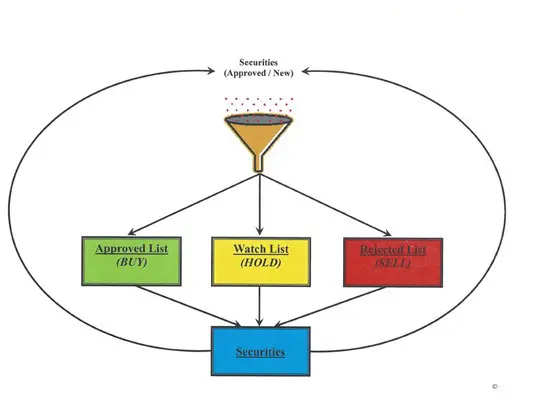
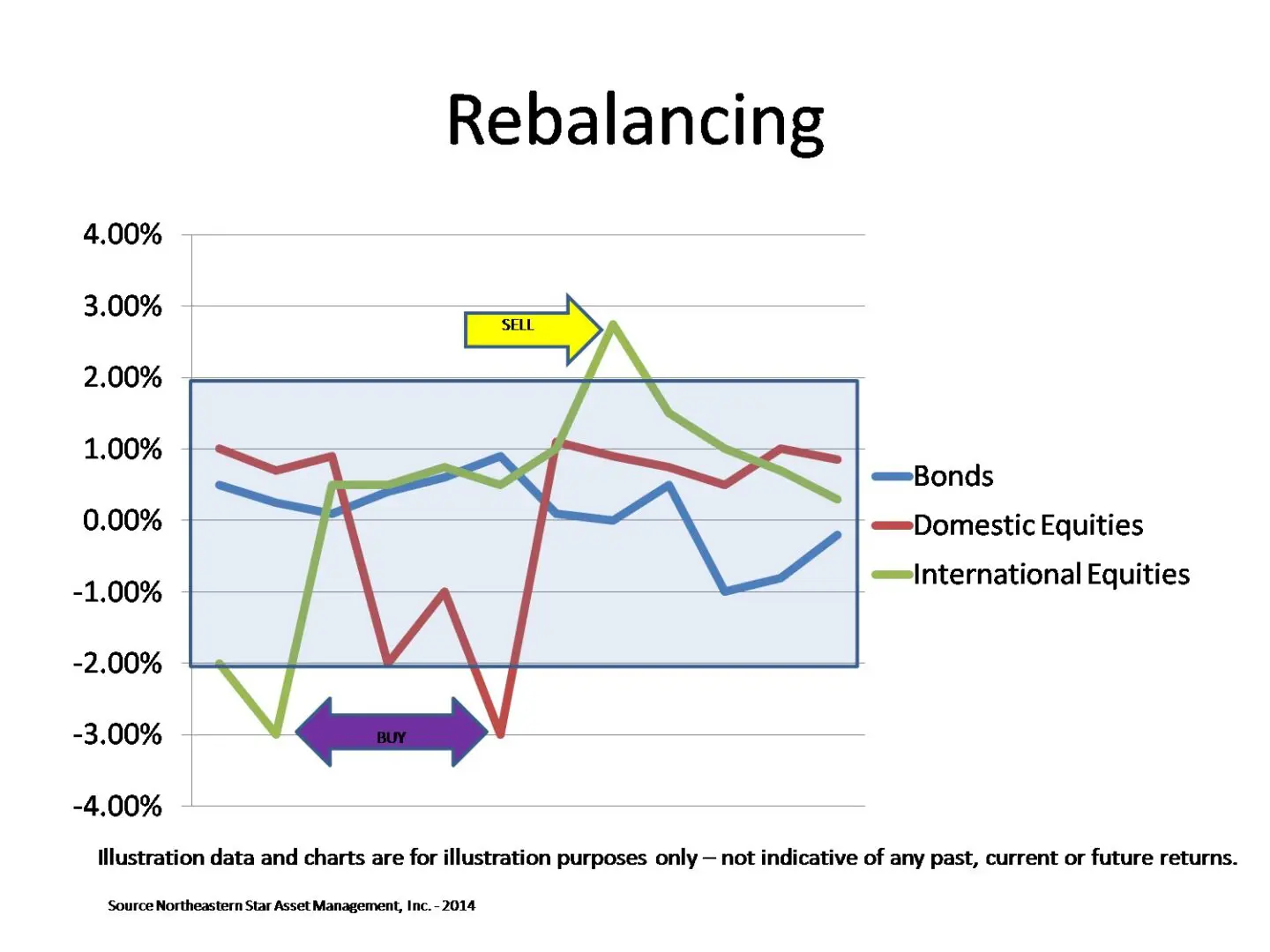
Rebalancing / Repositioning
Take the Emotions Out of Your Investments by Utilizing
The Often Overlooked Rebalancing and Repositioning
Investing is controlled by two human emotions – fear and greed. Unfortunately, these emotions typically encourage investors to do the wrong thing at the wrong time.
